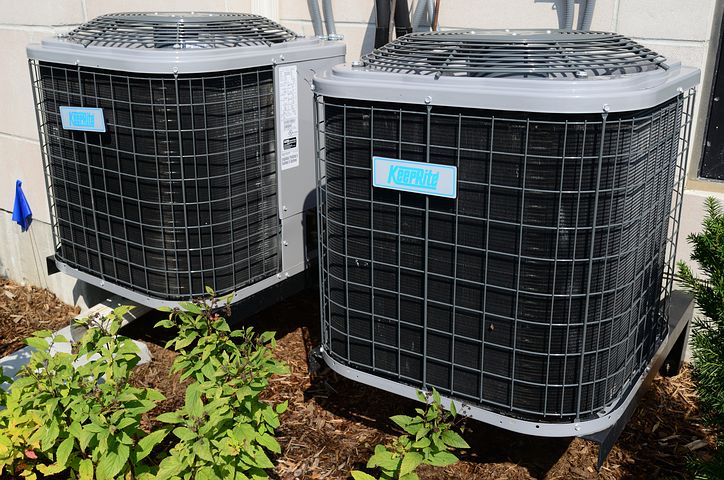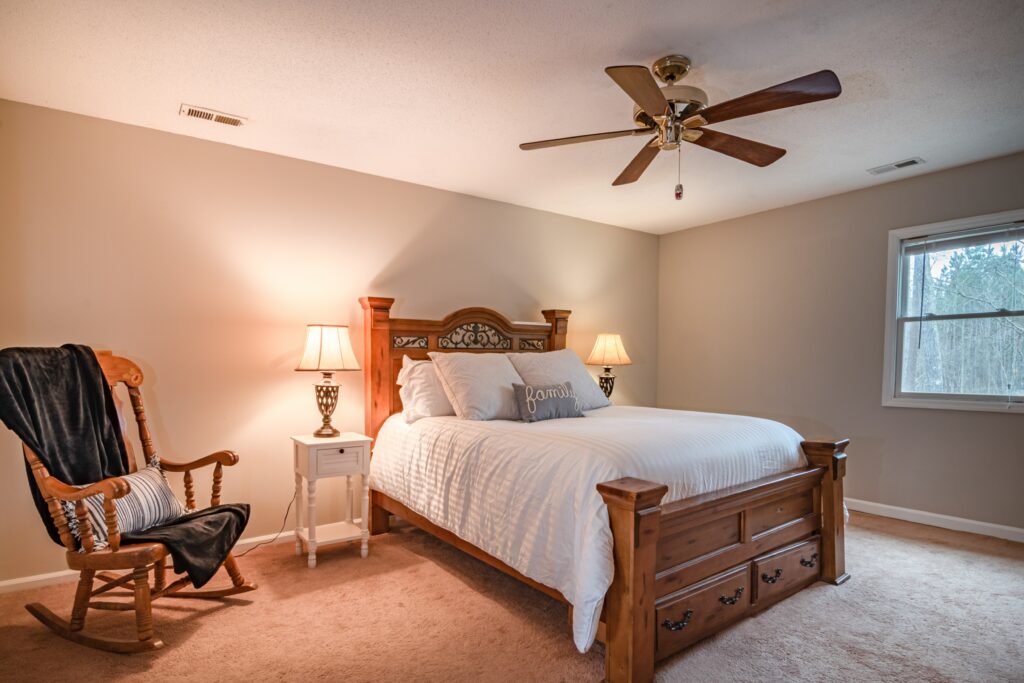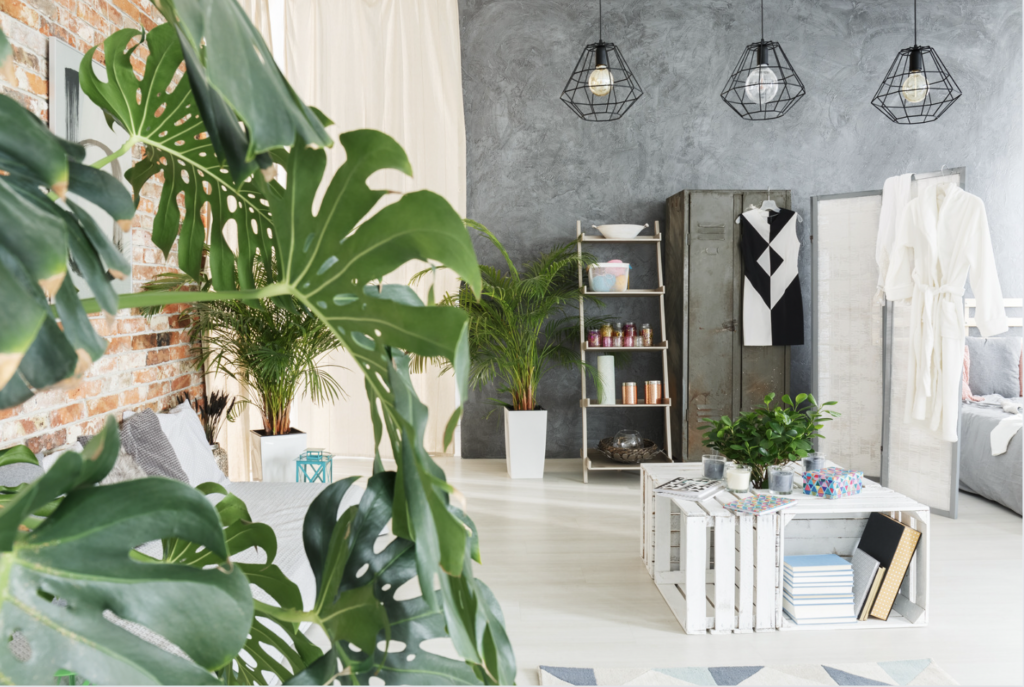No homeowner wants to find out their home needs HVAC work. When it comes to heating and cooling issues, trusting a professional HVAC company can help save you time, effort, and a lot of hassle. Your home’s HVAC system is likely to use gas or electricity to function, which can also cause unsafe conditions for people who are inexperienced in HVAC repairs.

Although it may be tempting to cut costs and try to repair your HVAC unit yourself, the safety risk is not worth it! Instead, trusting a professional HVAC company like John A. Kinkaid can help offer the support and advice you need, ensuring a safe and quality HVAC repair or replacement. Below, learn more reasons why it’s always best to trust the experts when it comes to your HVAC needs.
Get Advice & Guidance
If your home has an old or broken HVAC unit, there are many scenarios that could have occurred. When you use an experienced HVAC company, you’ll get the advice and guidance you need to make the smartest decision. Whether it’s repairing or replacement of your unit, the professional team at John A. Kinkaid has the expertise and years of experience to help steer you in the right direction. This advice and guidance can mean a cost-saving, too!
Assurance
A DIY attempt to repair an HVAC unit could result in a lot of havoc. If you’re not entirely sure what you’re doing, you may lack the assurance you need throughout the process. Many people attempt to perform repairs only to get stuck and feel concerned about the safety and operation of their unit. Instead, trusting a professional HVAC repair and replacement company from the start helps give you the peace of mind you need, while ensuring your home will be optimally cooled or heated to your preferences.
Long-Term Support
If you choose to replace your HVAC unit, maintenance is a very important component to ensuring you get the maximum lifespan out of your new unit. John A. Kinkaid offers long-term support with a variety of service plans to help you take the best care of your unit. Consider a service plan investment in the longevity of your unit, helping you to maximize your investment.
Let Us Help!
Ready to get started? Our team of expert heating and cooling specialists can’t wait to help! Contact us today to learn more of the exciting benefits of working with us as your expert HVAC company.







